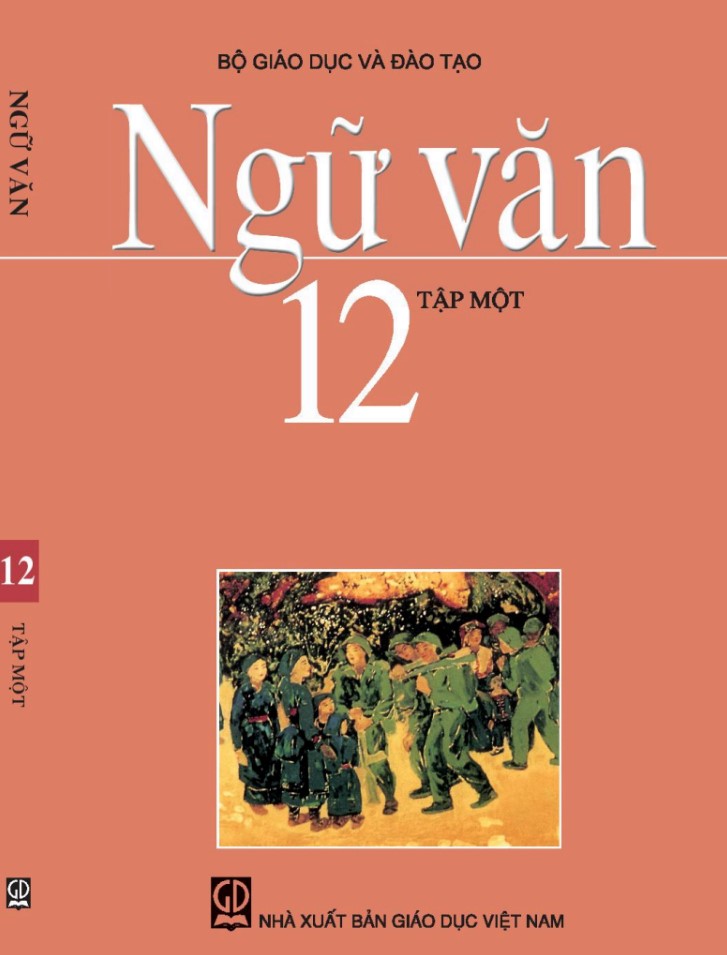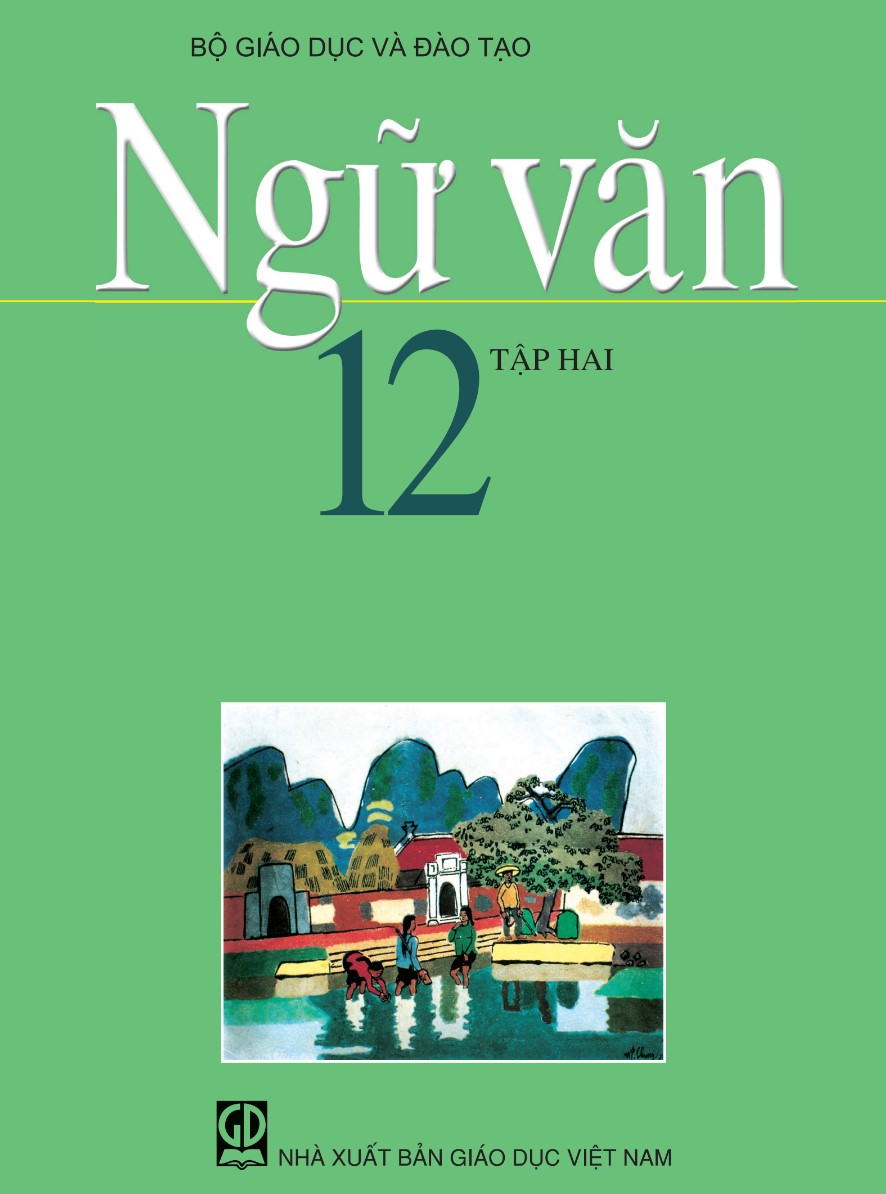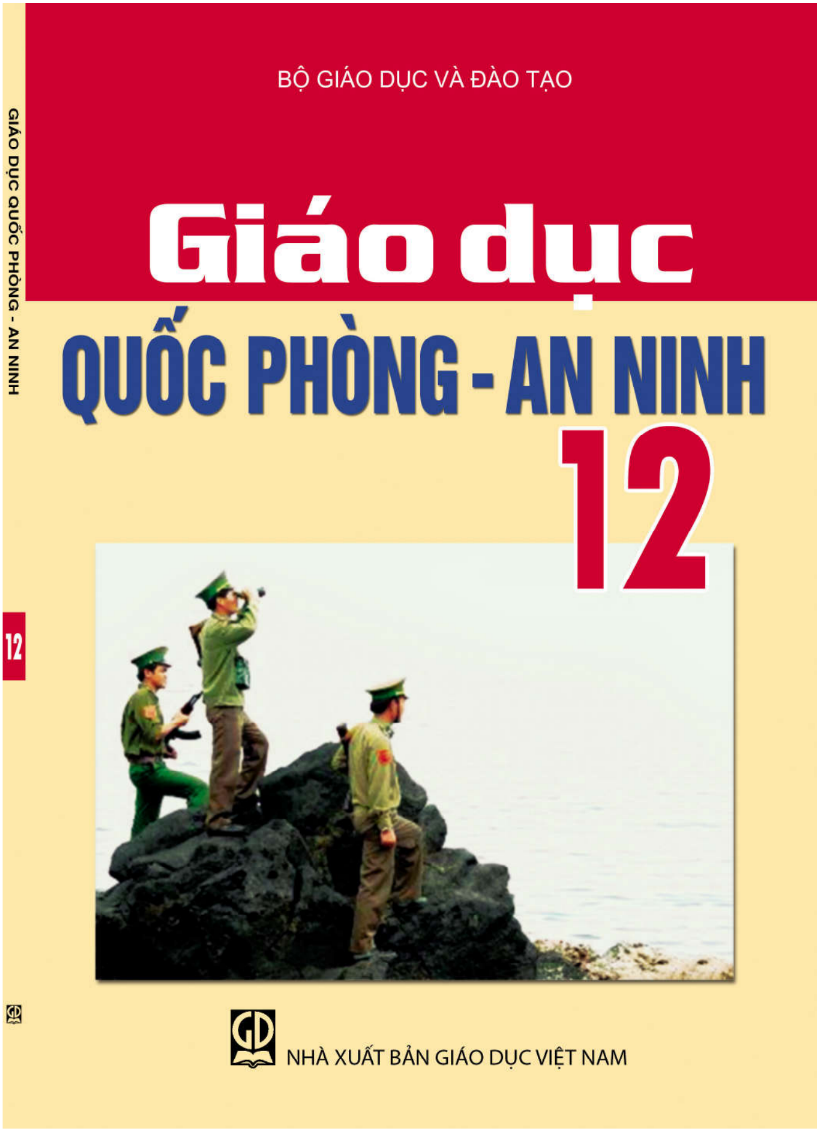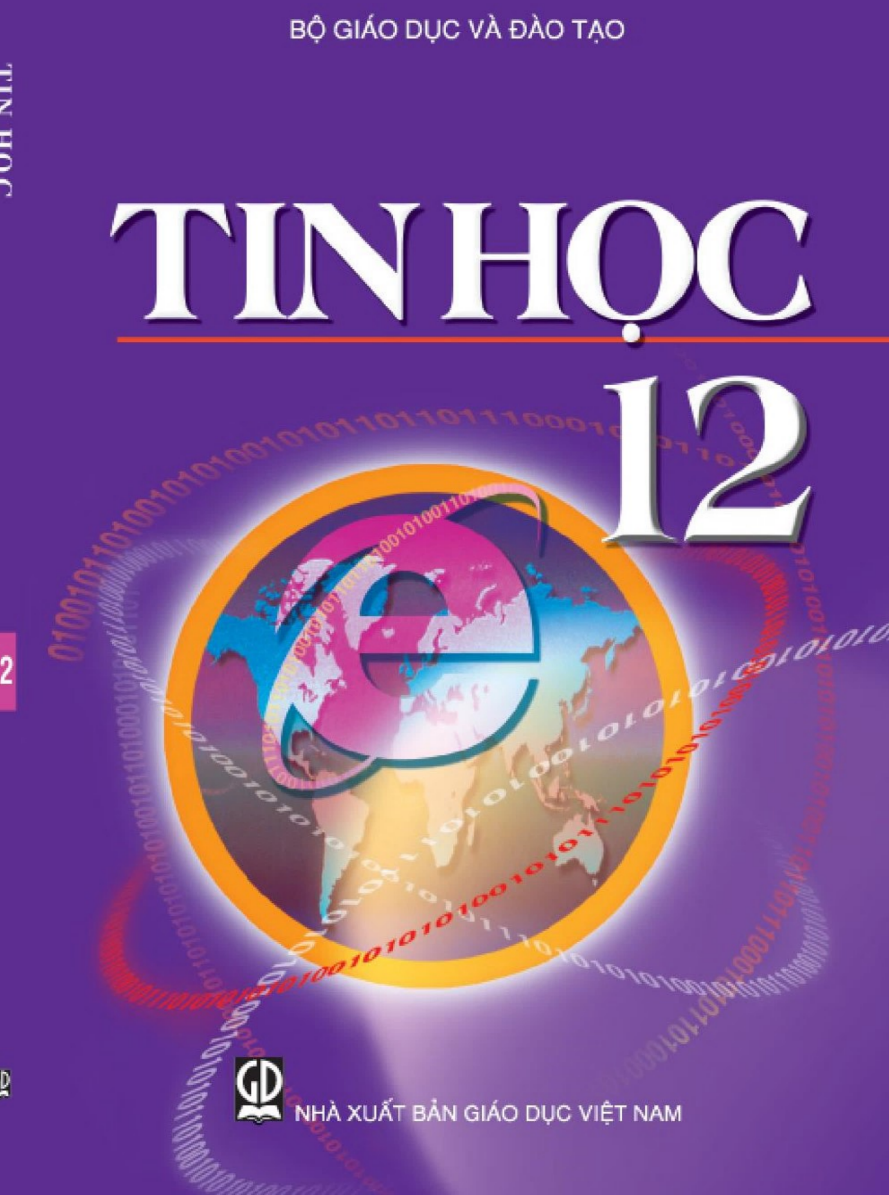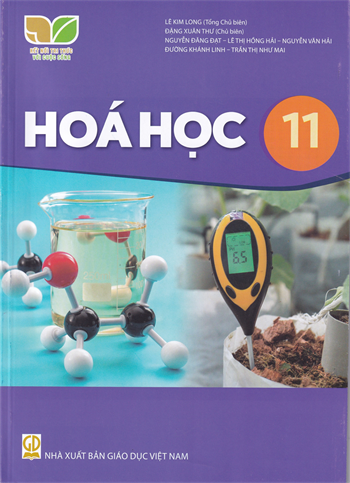| 
SOME BUDDY LOVES YOU! Buddy movies always have two male friends, often from different backgrounds or with different personalities. They usually face a challenge together during the course of the film, and the challenge (eventually) makes their friendship stronger. They're more popular in the USA than in Europe, and can be aimed at both the old and the young. The earliest buddy movies starred Laurel and Hardy and were made in black and white around a hundred years ago. Nowadays, many are also action films, road movies or westerns - famous examples include Die Hard 3 and 22 Jump Street. In most of them, women only play a minor role, never one of the buddies. In a few films, one of the 'buddies' is an animal! 1 Look at the photo and the title. What is a 'buddy"? What sort of film is a 'buddy movie'? Read the text to check. 2 Read the Learn this! box. Complete the gaps with a / an, the or no article (-) and find examples in exercise 1. | LEARN THIS! Articles We often use (1) ________ when we mention something for the first time, but (2) ________ when we mention it again. We sometimes use (3) ________ to refer to one of several similar things or people and we don't need to be more definite. We use (4) ________for towns, cities, continents and most countries. But we do use (5) ________with a few countries. We use (6) ________ when we talk about something in general. We use (7) ________ with superlatives. We use (8) ________ with an adjective to refer to everyone who has that characteristic. | | →Grammar Builder 1.3 page 116 | 3 Choose the correct answers to complete the sentences. 1 Mont Blanc is an / the tallest mountain in - /the France. 2 It's usually the /-poor who have a /the most problems. 3 He was in a / - film about the /-people with -/the superpowers. 4 I've got - /a cat and a /the dog. -/ The dog is eighteen years old! | | LEARN THIS! Quantifiers Examples of quantifiers are: a lot of, a little, all, another, both, each, every, few, many, no, several, some, etc. Most quantifiers can be followed by of + a determiner: Some of my favourite films are buddy movies. Just a few of these star women. No and every can't be followed by of; instead we use none of and every one / each of: None of the main characters are female. After both and all, we often leave out of before determiners: All the actors have starred in other films. Both my parents are film fans. We use few/little instead of a few/ a little to emphasise the smallness of the number or quantity. Compare: There are a few westerns I really like. The ones with Clint Eastwood are brilliant. There are few westerns I really like. I just don't find the characters interesting. | | →Grammar Builder 1.4 page 117 | 4 USE OF ENGLISH Read the Learn this! box. Then choose the correct answers (a-d). | Only (1) ________of my favourite films are sequels, but 22 Jump Street is an exception. (2) ________the viewers who enjoyed the original 21 Jump Street will be pleased to see the return of officers Jenko and Schmidt. There's (3) ________ difference in the plot - it's (4) ________ undercover operation in a high school on the trail of (5) ________violent drug dealers. As the action unfolds. (6) ________ men form close relationships with other people, threatening their friendship. There's (7) ________of good-natured humour and (8) ________ clever jokes about whether this adventure will be as good as the last. It is, and of course in the end (9) ________of the buddies wants to end their 'bromance'. Now (10) ________ of those Jump Street fans will be hoping for a number 23... | 1 a much b a few c every d none 2 a Each of b Every c All of d Most 3 a any b none c little d several 4 a both b another c other d each 5 a some b few of c either d little 6 a few b each c both d neither 7 a all b most c some d a lot 8 a none b several c much of d every 9 a neither b either c no d both 10 a every b a little c few d every one 1 How much free time you spend with classmates. 2 How many of your friends have the same taste in films. |

